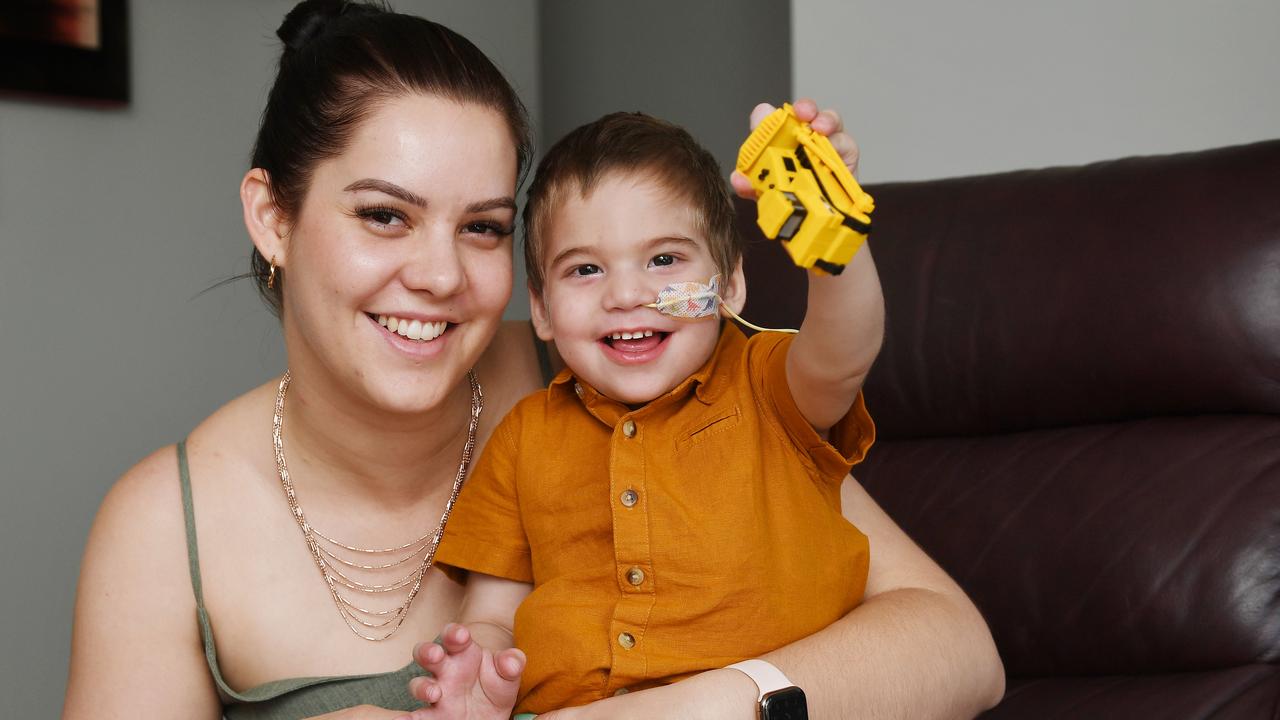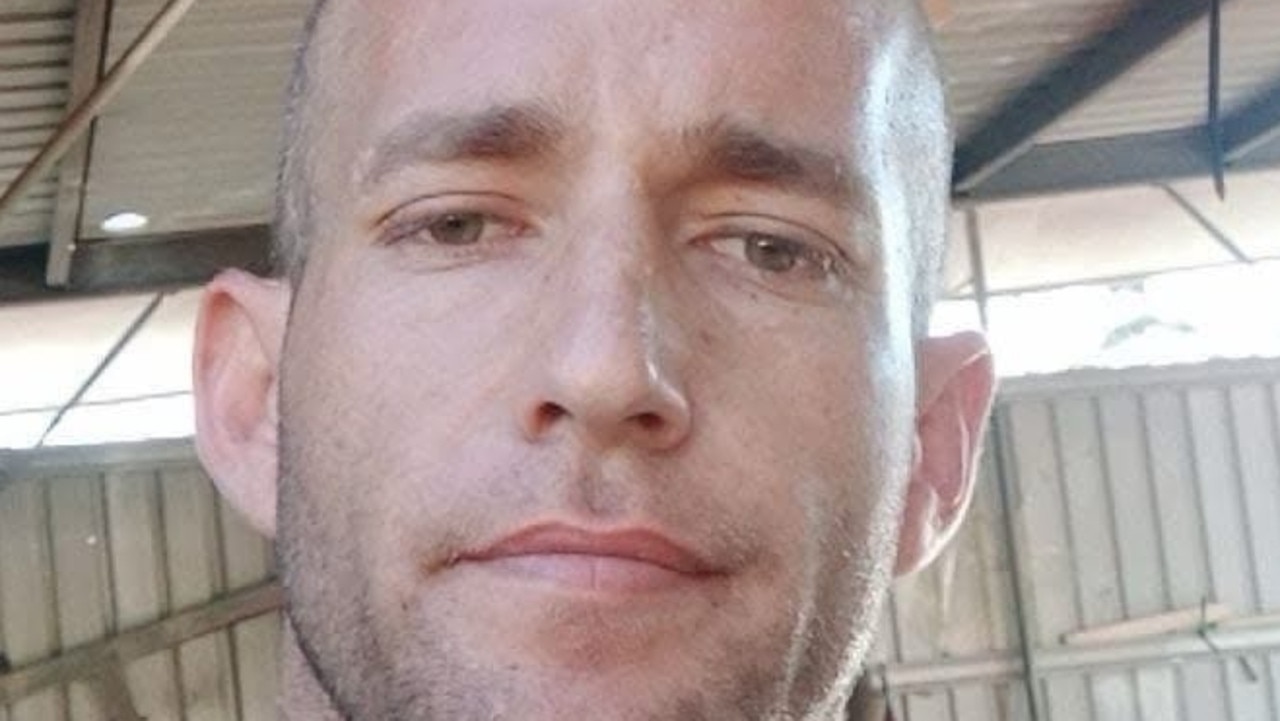Mackay boy loses battle with rare genetic disease as scientists make discovery
The family of a five-year-old boy, who died from a rare genetic disease last month, is grateful a discovery after his death will help his little brother, future generations and other families.
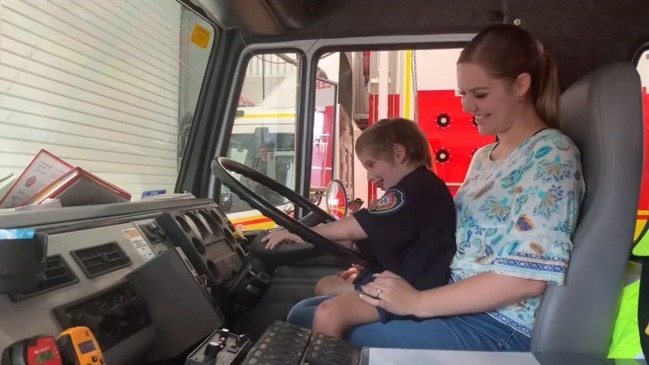
Mackay
Don't miss out on the headlines from Mackay. Followed categories will be added to My News.
Little Queensland boy Grayson Little has lost his fight with a rare genetic disease he battled for all of his five short years.
But, in what is bittersweet news for his Mackay family, a team of scientists has now unearthed the faulty gene that caused his rapid deterioration.
It is a discovery that has already helped his baby brother and will significantly impact future generations.
Grayson had a genetic disorder known as Dyskeratosis Congenita which is a disorder of telomere biology that can have severe consequences.
Despite multiple bone marrow transplants, Grayson died on May 26 in his family home at Eimeo in Mackay’s Northern Beaches.
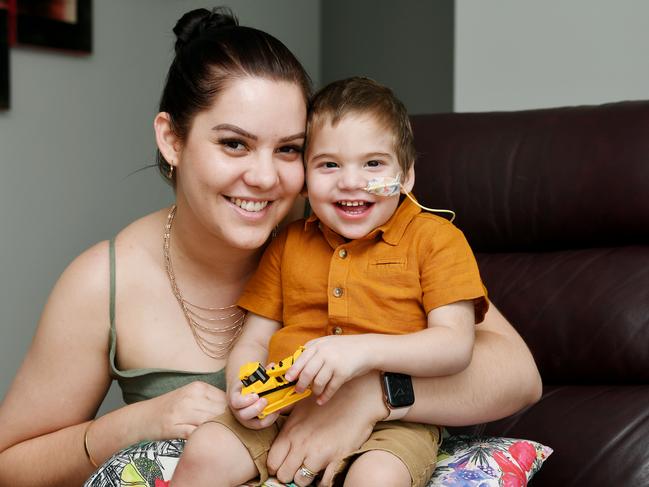
It was one of the family’s final wishes for the young boy after years in hospitals around the state seeking answers to his health woes.
His parents Rachel and Leighton Little have been advocates for medical research and took part in a study with a team of researchers at the Children’s Medical Research Institute in Sydney and Peter MacCallum Cancer Institute in Melbourne.
“Many families wait years to get a full diagnosis, so we are glad we have it,” Mrs Little said.
“Research helped us to get a diagnosis and understand a condition that no one seemed to, and it allowed us to plan to extend our family, as well as to educate the rest of our family about the risks to them.
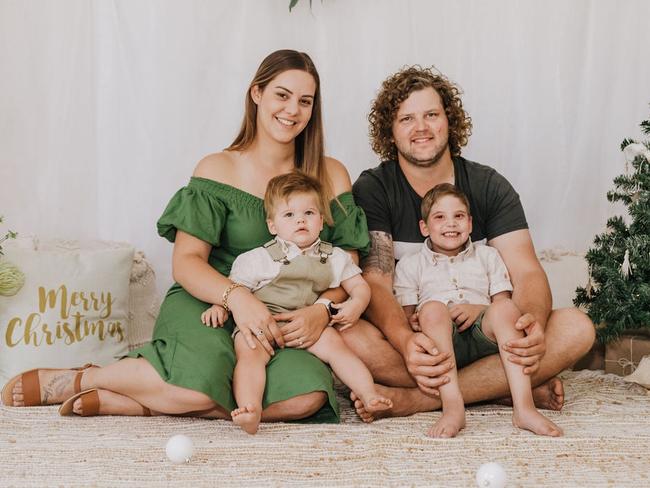
“I think helping other families, who might have passed on two mutations, to understand how the mutations work together to make the disease more severe is important.
“I don’t want anyone else to feel alone like we did.”
The researchers have now published findings in the scientific journal Blood Advances.
They learned that when two parents carry two different defective genes and both are passed onto a child, it increases the likelihood of severe illness in a profound way not seen before.

Using technical language, DNA in human cells is bundled into 46 chromosomes, and the two ends of every chromosome are protected by structures called telomeres.
In telomere biology disorders like Grayson’s, telomeres fail to provide proper protection for the DNA at the ends of chromosomes which can lead to a spectrum of health problems including bone marrow failure leading to the inability to make new blood cells.
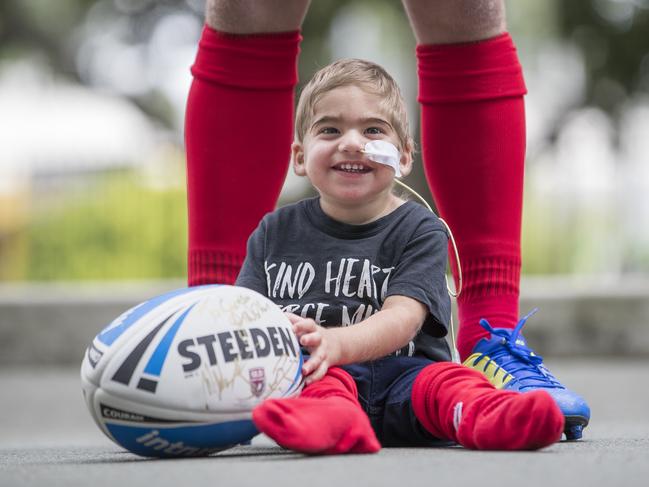
Professor Tracy Bryan, a leading international expert on telomeres and Head of CMRI’s Cell Biology Unit, said the team of scientists had discovered what caused Grayson’s very rare condition.
“Each of us has two copies of the gene, and Grayson’s parents happen to carry a different mutation in one copy of the gene,’’ Prof Bryan said.
“So they each have one normal copy and one copy with a mutation.
“Both of the copies inherited by Grayson had a mutation, which led to bone marrow failure, digestive tract problems, liver problems and developmental delay while his parents who each had only one faulty copy of the gene were unaffected.’’
Telomere biology is complex, and what no one could tell the Littles was why the combined effect of their genetic mutations had caused such a severe disease.
The gene responsible encodes a component of an enzyme called telomerase, which is critically important for maintaining the protective role of telomeres.
The research has already helped them with their 18-month-old son Henley because testing meant they were able to tell during pregnancy that he did not have the same gene mutations as Grayson.
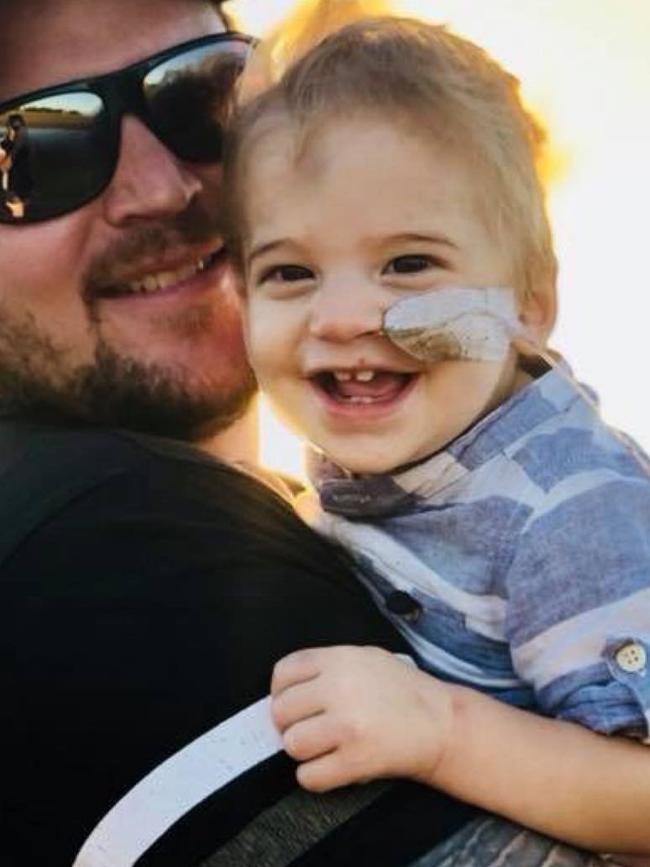
“Our colleagues at Peter Mac alerted us to the presence of the two mutations in Grayson’s DNA, but because these mutations had never been seen in patients before no-one knew what effects they were having,” Prof Bryan said.
“Using the technology, we have developed for studying telomerase, built up over the past two decades, we demonstrated that each of these mutations affects a different property of telomerase, and when the two mutations are combined, there is an unexpected interaction between them, resulting in a defect more severe than simply the additive effect of the two mutations.
“Our findings have already had an impact on the family, allowing them to have a healthy baby brother to Grayson, and the results emphasise to researchers and clinicians in this field of medicine the importance of analysing combined mutations to reveal their full effect.
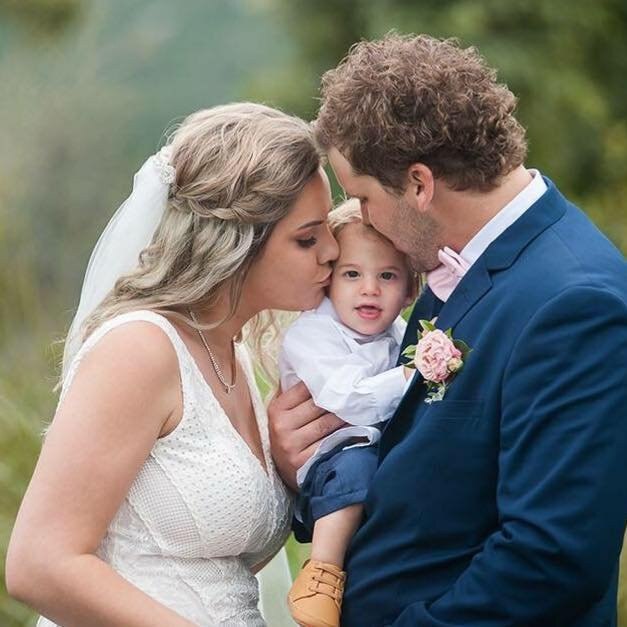
“Also, if other patients around the world are found to have the same mutations, they won’t have to wait for a molecular diagnosis; this publication will alert their clinical team that the mutations cause telomere shortening.’
“Of course, while this work has given the family an understanding of what caused Grayson’s illness, we are devastated that there was nothing more that could be done to save him.
“Our work is not over – the next step for us is to use current gene technology to develop much better treatments for patients with this disease.”
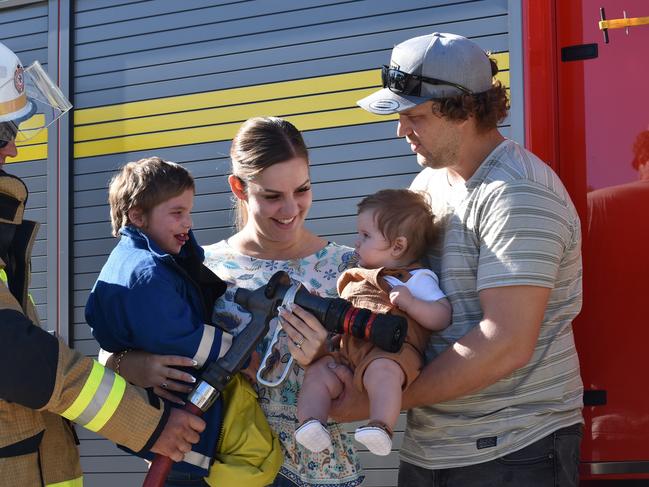
When Grayson was diagnosed, his parents were told there was no cure.
He received two bone marrow transplants before the Littles got the news 15 months ago that there was nothing else that medical science could offer.
Mrs Little said research gave them more time with Grayson, but she hoped things would improve for future generations.
“We had to learn a lot and so did our doctors because it is so rare,’’ she said.
“I think it’s important to keep being an advocate for the telomere research.
“It’s so rare, I think there’s only four or five families with children living with telomere disorders in Australia so the main community of help is overseas.
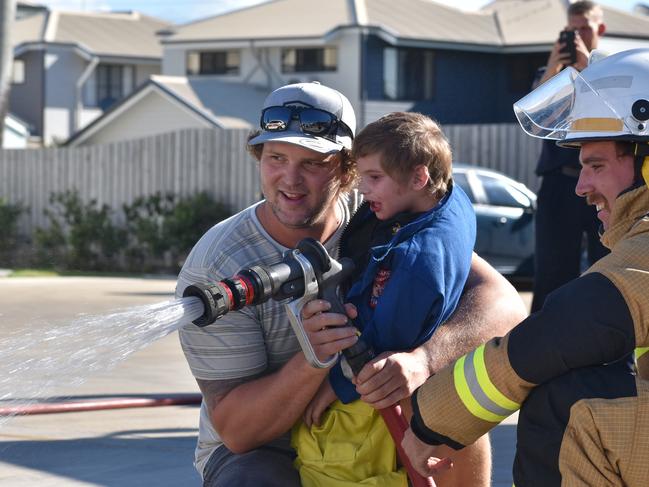
“I’ve taken on the team ambassador so newly diagnosed families get put in touch with me.
“This research is helping the families yet to be diagnosed.
Just after his fourth birthday in April last year, Grayson got to live out his dream when he became an honorary junior firefighter at the Mackay fire station.
He lit up when he climbed through the trucks, listened to the radio and sirens and even got to be part of a drill to put out a pretend fire.
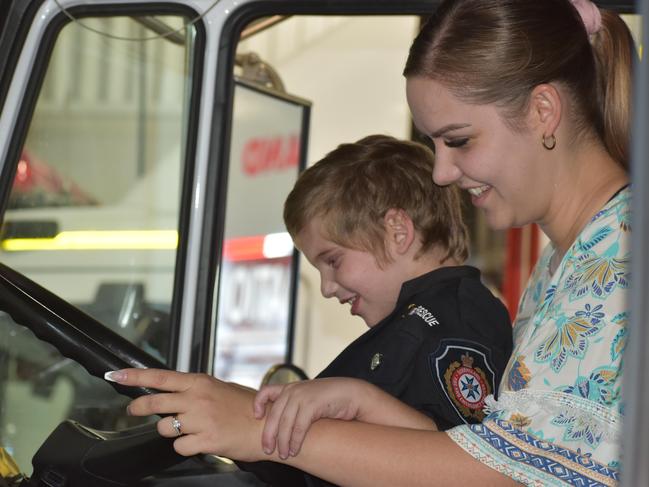
Some of those same firefighters were pall bearers on his funeral on June 2, read a fireman’s poem and did another reading about his day at the fire station.
“That day at the fire station was so special. Really treasured memories for us,” Mrs Little said.
Grayson’s final months with his family have been “difficult” but they have managed “a few great” caravan trips, adventures on the boat and an amazing day at Conway Beach for his fifth birthday in April where everyone dressed up as super heroes as a celebration of his heroic efforts.

“We really didn’t think Grayson would still be here for his birthday, but everyday is still such a blessing with him,” the family said in a Facebook post about the event.
“Some days he’s calm and seems to be doing ok, other days he’s fairly out to it and we think it may be our last.

“Doing the best we can with our time with him and thankful we made another milestone and celebration together.
“It’s a rollercoaster, but we will ride it out.”
Mrs Little said a loan wheelchair had helped but they had spent a lot of time indoors with Grayson’s new found love of Shrek and Harry Potter movies.
“It’s been difficult, we’ve had to really play it week by week with Grayson’s health,” Mrs Little said.
“Some days he wasn’t well enough to get out of bed.
“It was our biggest wish, we wanted to keep him at home with us.
“We had the nurses come by once a week and then every day towards the end to help us with medicine.
“So glad we got to do it in the comfort of our own home.”



